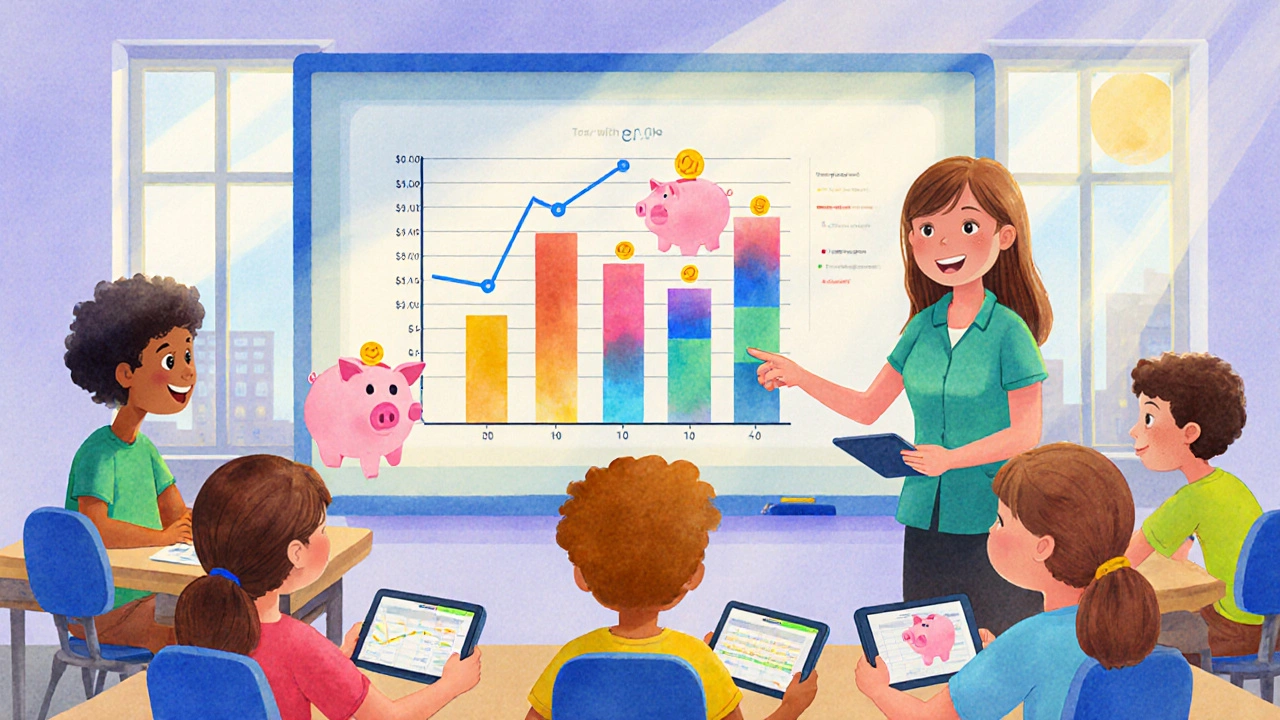Education in Digital Finance: Learn Fintech, Budgeting, and Smart Investing
When it comes to managing money, most people learn by trial and error—often the hard way. But education, the structured process of building practical financial knowledge through teaching and learning. Also known as financial literacy training, it’s the missing link between earning money and keeping it. Today’s young adults face digital banking apps, crypto wallets, and subscription traps—but few schools teach them how to navigate it all. That’s changing. More schools are now adding fintech, technology that transforms how people bank, pay, and invest using apps and digital platforms. Also known as financial technology, it into their lesson plans. This isn’t about memorizing interest rates. It’s about letting students open mock brokerage accounts, compare crypto fees, and track mobile payment trends—just like they would in real life.
Personal finance education used to mean balancing a checkbook. Now it’s about understanding compound interest on student loans, spotting predatory apps, and knowing how ETFs differ from stocks. financial literacy, the ability to understand and use financial skills like budgeting, saving, and investing. Also known as money management skills, it is no longer optional. A 2023 study by the National Endowment for Financial Education found that students who took a fintech-focused finance course were 40% more likely to save regularly and 30% less likely to carry high-interest credit card debt. These aren’t abstract theories. They’re habits formed in classrooms that stick into adulthood. And it’s not just teens—adults returning to learning, parents helping kids, and even retirees updating their knowledge all benefit from clear, practical guides on how digital money works.
What you’ll find here isn’t theory from a textbook. It’s real classroom experiments, teacher-led projects, and student success stories that show how financial education is being rebuilt from the ground up. You’ll see how schools are turning spreadsheets into games, how teachers are using TikTok trends to explain inflation, and why a $5 monthly fee on a crypto app can cost someone $1,200 over ten years. This collection gives you the tools to understand what’s working—and what’s not—in teaching money skills today. Whether you’re a parent, teacher, or just someone tired of guessing how to invest, you’ll walk away knowing exactly where to start.




